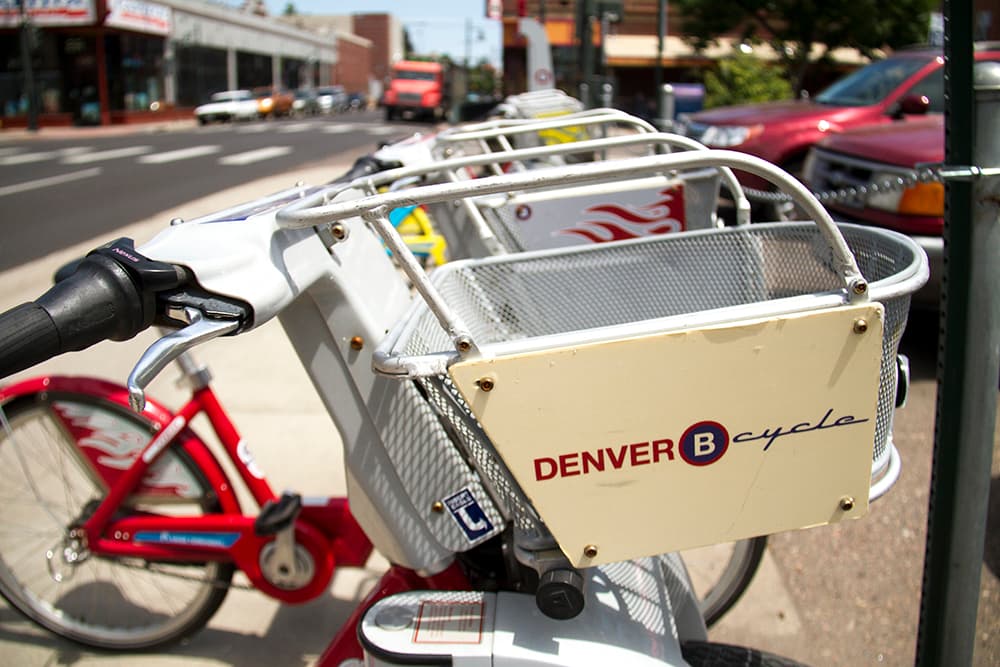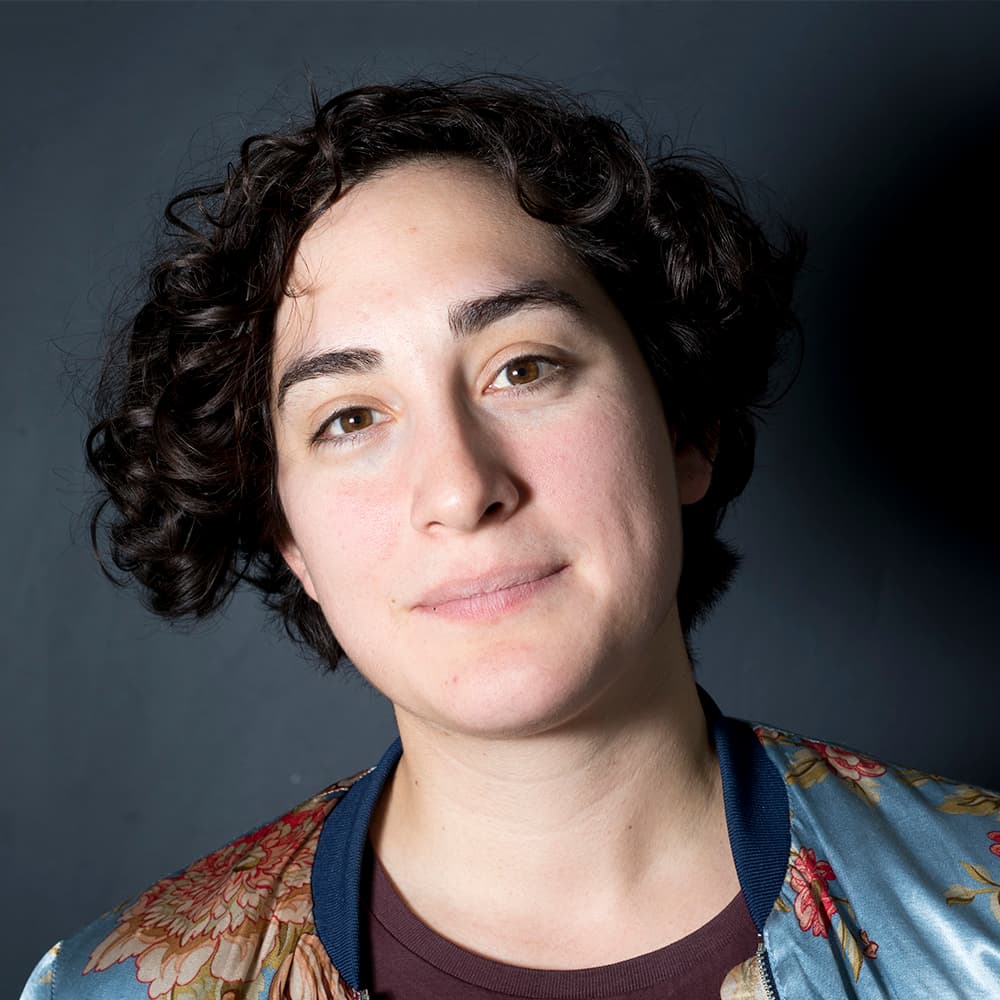
Denver's bike-sharing program only has five stations per square mile, according to a report from the National Association of City Transportation Officials. The only other city that had a lower density of bike sharing stations in the report was Minneapolis.
David Sachs has a great article on Streetsblog about what higher density could mean for the city. Of course, the barrier to increasing the density of B-Cycle stations is money.
So what happens if you don't anticipate a cash wad falling into your lap?
Nick Bohnenkamp, B-Cycle's executive director, says they're focusing on adding density within smaller areas where stations are already popular, even when it means removing a station from another neighborhood.
"It's not that those areas are bad for bike sharing," he said, "It's just that with our current size and ability and budget, it makes sense to operate a slightly smaller footprint and probably still achieve overall greater ridership."
Bohnenkamp also refutes the idea that a 28 station per square mile benchmark, as NACTO recommends, would be right for Denver. The city's overall population density is lower than D.C. or Chicago, for one.
Having that many stations per square mile translates to a station about every 1,000 feet and means nobody should have to walk more than five minutes to reach one.
Instead, Bohnenkamp says he's focused on creating the biggest system that the organization can fund.
"If you're looking at the NACTO study that says 28 stations per square mile, then you can obviously see we're definitely not there," Bohnenkamp said. "But in certain high density areas, are we there, like downtown, where some of our employment densities get really high? Yeah, we're probably pretty close."













